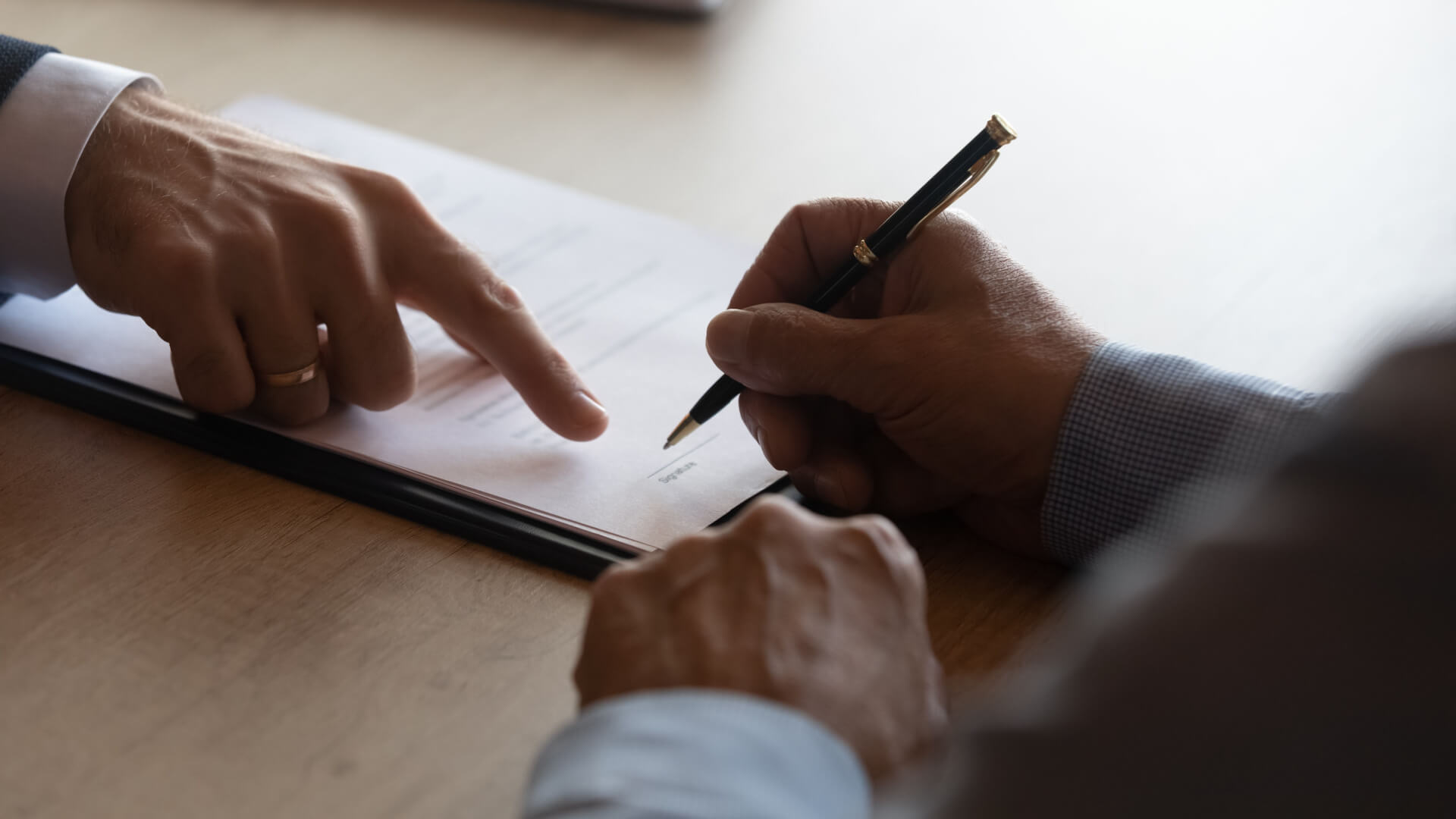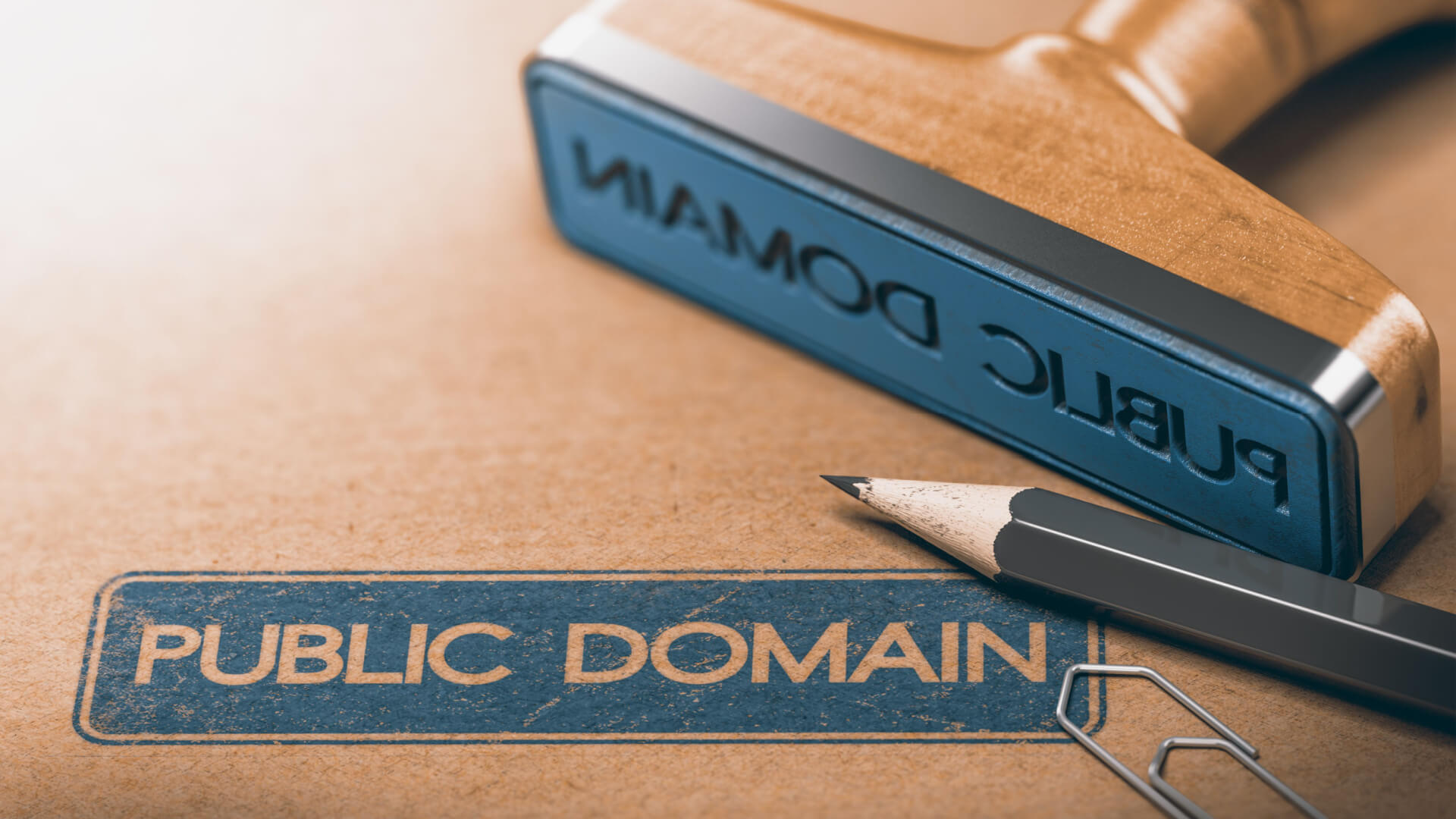For many years, inventors, especially those lacking financial means, have relied on a method called the poor man’s patent. It’s a popular low-cost alternative to formal patent filing. It involves documenting and mailing yourself a description or drawing of your invention in a sealed envelope, to use the postmarked date as the date of invention.
Unfortunately, a poor man’s patent has limitations because it is not legally recognized and will not hold up in court should a dispute arise. If you are relying on it to protect your invention, we can recommend you several alternatives that you should utilize as soon as possible.
Every seasoned intellectual property lawyer, like those at Emerson Thomson Bennett, knows how important it is to protect your intellectual property. Whether you are an individual or a company, you should consider some alternatives to the poor man’s patent. These options are legally recognized and enforceable in the event of IP litigation.
1. Provisional Patent Application
The provisional patent application is one of the best poor man’s patent alternatives. Unlike the poor man’s patent, a provisional patent is a legal document you file with the United States Patent and Trademark Office (USPTO). It establishes an early filing date for your invention. However, it does not require the same level of detail as a non-provisional patent application. Plus, it gives you a 12-month period to refine your invention, seek funding, and assess the market potential before committing to the non-provisional patent process.
This poor man’s patent alternative comes with a few unique benefits:
- A provisional patent application secures your invention’s filing date. This is a critical step in the first-to-file process. It prioritizes your invention over others who may file for patenting a similar idea or invention.
- It allows you to market your invention as patent pending. This can often deter your competitors and increase the perceived value of your invention. Also, this makes it easier to attract potential investors.
- Provisional patent applications are generally less expensive to prepare and file than their non-provisional counterparts. So, if you are funding your invention, this might be the best way to protect it from potential competitors.
- You can use the 12 months to test the market for your invention. You can also talk to potential investors and venture capitalists while protecting your invention.
It’s crucial to hire a competent intellectual property lawyer to help you with the process.
2. Non-Disclosure Agreements (NDAs)
When you hear about a Non-Disclosure Agreement (NDA), you probably think of protecting trade secrets. However, NDAs can do more than just that. In fact, they can be a great way to safeguard your invention, serving as an alternative to a poor man’s patent.
NDAs are legal contracts that prevent parties from sharing confidential information. So, in terms of protecting intellectual property, NDAs can be instrumental in defending your invention before it is fully patented or while exploring business partnerships.
This poor man’s patent alternative offers advantages like:
- NDAs can help build trust when establishing new business relationships. They promote open communication and collaboration with potential investors, business partners, and employees.
- NDAs are legally binding and can be enforced in case of a breach. They provide a clear legal framework for seeking remedies.
- NDAs can be customized to meet your specific needs. You can outline the confidential information, set the duration of the agreement, and include any exclusions to the confidentiality requirement.
One of the most significant advantages of this poor man’s patent alternative is protecting your invention before filing a patent application. NDAs can safeguard your intellectual property while discussing the invention with potential investors and partners. This helps while you’re in the middle of the patent filing process.
3. Creative Commons Licenses
The third alternative to a poor man’s patent on our list is a Creative Commons (CC) license. These are public licenses. CCs allow you (the creator) to permit others to use your creative work – like art or literature – under specified conditions. Over 2.5 billion CC-licensed works exist across millions of websites. These licenses make it easier for people to share and use creative works legally while still allowing creators to keep some rights.
There are several types of Creative Commons licenses, each with its specific permissions and restrictions. Here are some examples of CC licenses:
- CC BY: It is the most permissive CC license. It allows others to distribute, remix, adapt, and build upon your original work, even for commercial purposes, as long as they provide proper attribution.
- CC BY-SA: It is similar to CC BY. However, any new works based on your original must be licensed under identical terms. This creative license promotes a share-alike culture.
- CC BY-ND: This license allows commercial and non-commercial redistribution as long as your work is passed along unchanged and in whole, with credit to you (the creator).
- CC BY-NC: This CC allows others to remix, tweak, and build upon your work non-commercially, but they must acknowledge you. However, they don’t have to license their derivative works on the same terms.
- CC BY-NC-SA: It combines the NC and SA conditions. So, others can create derivative works non-commercially based on your original idea. Any new work must also be non-commercial and licensed under the same terms.
- CC BY-NC-ND: It is the most restrictive license. It allows others to download and share your work as long as they credit you. But, they cannot change your original work in any way or use it commercially.
These three alternatives to poor man’s patent each have unique benefits. However, given the complexities of IP law, consulting with an intellectual property lawyer is necessary to determine which is the best fit for your needs.
Contact the Intellectual Property Lawyers at Emerson Thomson Bennett
A poor man’s patent has significant limitations, with the lack of legal recognition being the most vital. It’s not a reliable way to protect your intellectual property. Fortunately, you have many poor men’s patent alternatives like provisional patent applications, NDAs, and Creative Commons licenses. These options are legally enforceable, making them perfect for protecting your IP.
Whether an art or invention, our skilled intellectual property lawyers can help you safeguard your IP rights. We can help you with everything from in-house IP counsel to IP litigation. Contact Emerson Thomson Bennett today for the legal support you need.





